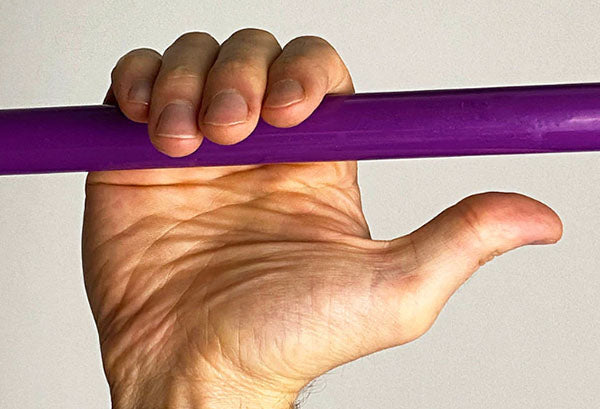When you reach out and grab an object, whether it’s a pen, a dumbbell, or a steering wheel, several muscles in your hand and forearm collaborate to create that gripping motion. A deeper understanding of the hand grip muscles is essential, not just for athletes and climbers but also for anyone aiming to enhance hand strength and dexterity. This article aims to illuminate the primary muscles worked during grip movements.

Understanding Grip Types
Before we explore the individual muscles, it's essential to differentiate between various grip types:
Crush Grip: This is the grip between your fingers and your palm, like when shaking hands or squeezing a stress ball.
Pinch Grip: This involves gripping with the thumb in opposition to one or more fingers, as in holding a plate at its edge.
Support Grip: This grip is about endurance, as when holding onto pull-up bars or carrying heavy bags.
Hook Grip: A variation of the support grip, where the thumb is trapped between the object and one or more fingers, common in weightlifting.
Major Hand Grip Muscles Worked
1. Flexor Digitorum Superficialis and Profundus:
These muscles, located in the forearm, are responsible for finger flexion. They allow you to curl your fingers into your palm, which is crucial for forming a crush grip.
2. Flexor Pollicis Longus:
This muscle runs along the forearm and controls the movement of the thumb. It plays a vital role in thumb flexion and is crucial for the pinch grip.
3. Adductor Pollicis:
Found in the hand, this muscle brings the thumb closer to the fingers, facilitating the pinch grip.
4. Extensor Digitorum:
While primarily responsible for extending the fingers, it also balances the flexors during gripping actions, ensuring the fingers can effectively curl and grip.
5. Extensor Carpi Radialis Longus and Brevis:
These forearm muscles assist in wrist stabilization, ensuring that the wrist remains firm during gripping tasks.
6. Palmar and Dorsal Interossei:
These hand muscles play a role in finger adduction and abduction, which are crucial for adjusting the grip on an object and stabilizing it.
Several other muscles, such as the brachioradialis, play a secondary role in grip by stabilizing the forearm and wrist. This stabilization is essential for transferring force from the primary gripping muscles effectively.
Knowing which muscles are involved in grip strength provides a foundation for targeted training. Exercises such as farmers walks (for support grip), plate pinches (for pinch grip), and using hand grippers (for crush grip) can be used to enhance specific grip types.
The complexity and collaboration of hand and forearm muscles ensure we can grip, grasp, and manipulate objects with precision. Whether you’re rehabilitating an injury, enhancing athletic performance, or just improving daily hand functionality, understanding the anatomy of the hand grip muscles can guide effective training and recovery methods.











